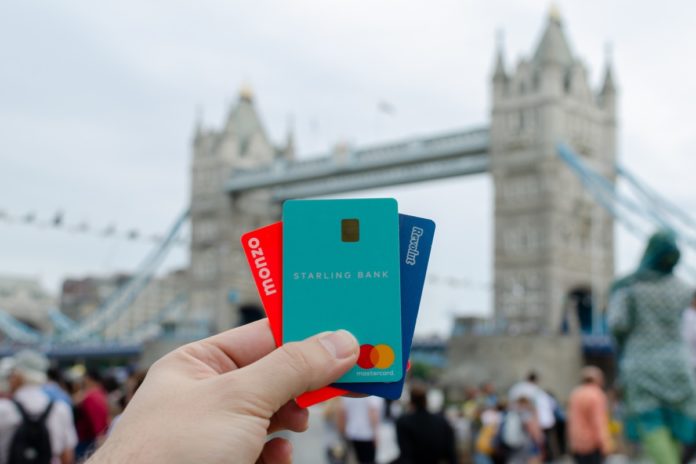
We take virtual banks for granted today. They’re ubiquitous throughout the banking industry. But it’s only been in the last 40 years that virtual banking was even possible. Before that, customers had to visit a bank branch to perform even the simplest banking function.
How did the banking industry evolve from visiting branches to full banking services on our mobile devices? Rory Brown, Cofounder of VirtualBank, shares a story that involves a confluence of technologies, customer demand, and a host of bold visionaries that saw what banking could become.
It All Began in the ‘80s

Much of the basic technology that allowed home banking in the 1980s got its start in the ‘70s, with the databases created for newly-popular ATM machines. If you wanna see what type of ATM machines exist, click here. But the first attempt at allowing customers to perform simple banking tasks at home came in 1981 when New York City tested a limited at-home banking service through four major banking institutions.
In 1983 the dream moved closer to realization when the Bank of Scotland and Nottingham Building Society ran a pilot program they called “Homelink”, offering bill pay and money transfer services. Customers connected to servers through a combination of their telephones and televisions. Connections were clunky, and the number of transactions customers could make was limited, but the program served as a proof of concept which would need to wait until the ‘90s for full realization.
Online Banking as We Know It Is Born

In the 1990s, Internet 1.0 was beginning to take off, and banks saw the technology as a possible avenue for making home banking a reality. Stanford Federal Credit Union was the first bank to offer internet banking to its full customer base. The service proved successful, and other banks followed suit.
But the first true virtual bank — the first internet-only bank, was Security First Network Bank. They offered full account access, bill payment, check images, and a number of other services we take for granted today, all without a single brick and mortar branch.
This started a wave of early virtual banks. NetBank arrived in 1996, followed by Bank of Internet USA. Others came and went.
Many of the early adopters failed because they couldn’t build a model that worked with low-value customers that kept small account balances. VirtualBank, which opened its doors in the early part of 2000, took a different strategy. The company set strict account standards, wooing high-dollar investors to assure fast asset growth. This prescient decision carried it into profitability and continues its existence today.
Virtual Banking Comes into Its Own

The early 2000s saw regulatory shifts, recognizing that online banking was becoming a dominant force in the industry. By 2006, 80% of US banks were offering internet banking services, and customers were demanding more.
Ally, still a leading online bank, got its start in 2009 and introduced a level of service that redefined what virtual banking could be. From there, the industry exploded.
Today there are dozens of virtual banks and a myriad of fintech companies actively pushing the envelope on what’s possible in virtual banking. Where it goes in the future is anyone’s guess, but we’re certainly in for some exciting times ahead.
















